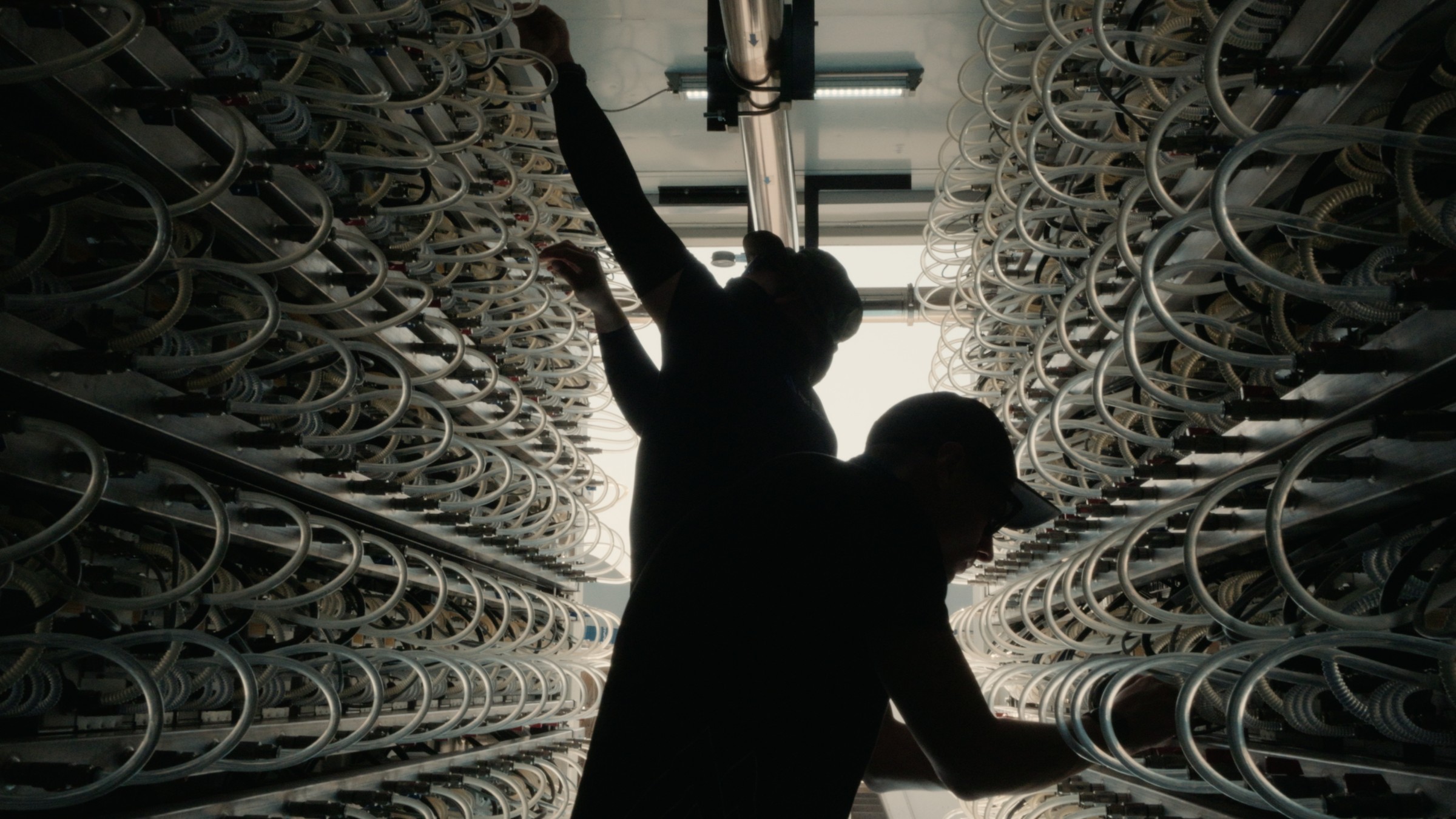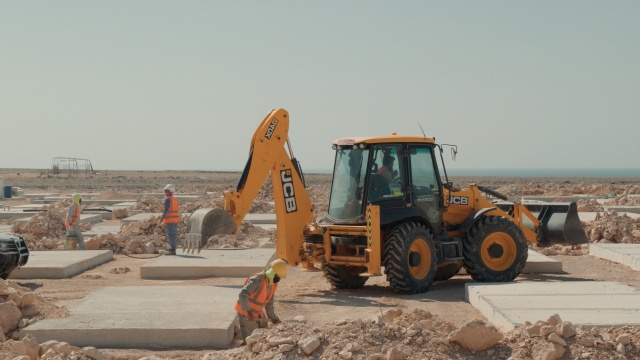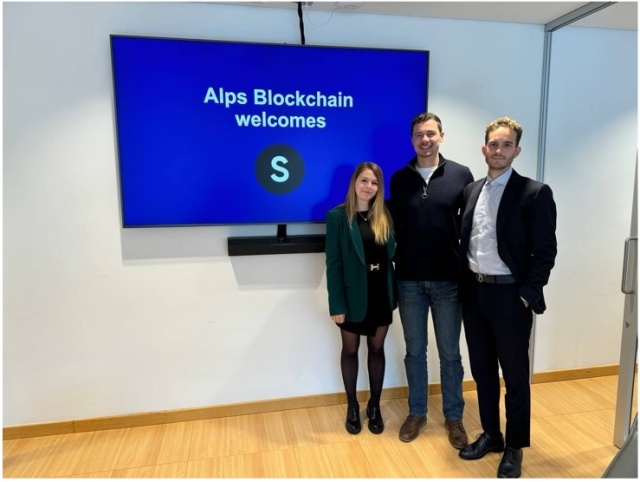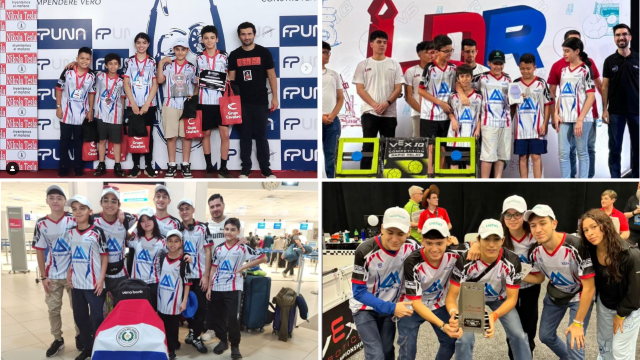La nostra esperienza in Oman e Ecuador
La costruzione di mining farm in ambienti estremi rappresenta una delle sfide più complesse per il settore del mining di Bitcoin. Le difficoltà non riguardano solo l'implementazione di tecnologie avanzate per il raffreddamento e la protezione dei dispositivi, ma anche l'integrazione con i sistemi energetici locali, la logistica e la connettività.
In Alps Blockchain, abbiamo abbracciato questa sfida portando realizzando infrastrutture in due contesti ambientali opposti: il deserto dell’Oman e la giungla dell’Ecuador. Queste esperienze ci hanno permesso di affinare le nostre competenze e di sviluppare soluzioni innovative che possono essere applicate in altri ambienti complessi. Ecco il racconto del nostro percorso, delle sfide affrontate e delle lezioni apprese.
Perché abbiamo scelto queste location?
Oman: il deserto come banco di prova tecnologico
Salalah, situata nel sud dell’Oman, offre condizioni climatiche desertiche con temperature elevate e un ambiente polveroso. Per noi, rappresentava il luogo ideale per testare tecnologie di raffreddamento avanzate e strategie di gestione della polvere e della sabbia. Inoltre, l’Oman sta investendo molto in infrastrutture digitali e in iniziative per diversificare l’economia, il che lo rende un ambiente favorevole per progetti di blockchain.
Ecuador: l'energia rinnovabile al servizio del mining
La regione amazzonica dell’Ecuador presenta caratteristiche opposte: un clima umido, piogge frequenti e un'elevata biodiversità. Tuttavia, il grande vantaggio di questa zona è l’abbondanza di energia idroelettrica a basso costo e a basso impatto ambientale. La possibilità di integrare i nostri impianti con una centrale idroelettrica preesistente ha rappresentato un'opportunità unica per ridurre il costo energetico e migliorare la sostenibilità del mining.
Lezioni apprese nel processo di costruzione
- Non esiste una soluzione unica. Ogni contesto richiede un approccio personalizzato. Le strategie sviluppate per il deserto non possono essere semplicemente adattate alla giungla, e viceversa.
- Innovazione continua. Le tecnologie utilizzate devono essere costantemente aggiornate e migliorate. Ad esempio, i sistemi di raffreddamento implementati in Oman si sono evoluti nel tempo per essere più efficienti dal punto di vista energetico.
- Collaborare è meglio che competere. Lavorare con partner locali ha reso possibile l’integrazione con infrastrutture esistenti, riducendo i tempi di implementazione e migliorando l’affidabilità delle operazioni.
Le sfide affrontate e le soluzioni implementate
Nella giungla dell’Ecuador:

- Umidità e piogge intense: Abbiamo scelto materiali resistenti alla corrosione e rivestimenti speciali per proteggere i componenti elettronici dall’umidità e dai danni a lungo termine.
- Logistica e trasporti: La difficoltà di accesso alle zone remote ha richiesto una pianificazione dettagliata della catena di approvvigionamento. Abbiamo utilizzato mezzi di trasporto su acqua e via terra per garantire l’arrivo delle attrezzature.
- Connettività: Grazie all’implementazione della rete satellitare Starlink, abbiamo assicurato una connessione stabile anche nelle aree più isolate.
Nel deserto dell’Oman:

- Gestione del calore: Nonostante Salalah abbia temperature più miti rispetto ad altri ambienti desertici, il raffreddamento rimane una sfida. Abbiamo optato per un sistema di raffreddamento a circuito chiuso e a liquido, che garantisce un migliore equilibrio tra efficienza e consumo energetico.
- Protezione dalla polvere e dalla sabbia: Per proteggere l’hardware, abbiamo adottato container sigillati con filtri antipolvere e un programma di manutenzione regolare per prevenire accumuli di particelle dannose.
Il ruolo chiave delle partnership locali
- In Oman: Abbiamo collaborato con Green Data City, un hub tecnologico con licenza di mining supportata dal Ministero dell’Economia Digitale del Paese. Questa partnership ci ha fornito un accesso privilegiato a infrastrutture stabili, facilitando l’integrazione delle nostre operazioni in un contesto regolamentato e favorevole alla crescita.
- In Ecuador: Grazie alla collaborazione con produttori di energia locali, siamo riusciti a connettere le nostre mining farm direttamente al sistema idroelettrico, riducendo il nostro impatto ambientale e assicurandoci un approvvigionamento energetico a costi ridotti.
Gli ingredienti fondamentali per il successo
- Energia e connettività affidabili: Elementi essenziali per il funzionamento stabile di una mining farm, resi possibili grazie a solide partnership locali.
- Strutture avanzate e flessibili: L’utilizzo di container modulari progettati per resistere a condizioni estreme ha garantito maggiore protezione e adattabilità.
- Tecnologia di punta: Dall’hardware ad alta efficienza ai sistemi di raffreddamento avanzati, ogni soluzione è stata ottimizzata per il contesto specifico.
Conclusioni
L’esperienza maturata in Oman e Ecuador ha dimostrato che il mining può essere adattato con successo a qualsiasi ambiente, purché vengano implementate le giuste strategie. Il nostro lavoro continua a evolversi per rendere il mining sempre più sostenibile ed efficiente, combinando competenze globali con conoscenze locali.
Le sfide affrontate in questi progetti hanno arricchito il nostro know-how e ci hanno permesso di sviluppare soluzioni replicabili in altri contesti estremi. Con il nostro impegno verso l’innovazione e la sostenibilità, stiamo aprendo nuove possibilità per il futuro del mining di criptovalute, dimostrando che il settore può integrarsi perfettamente con le risorse naturali ed economiche dei territori in cui opera.








